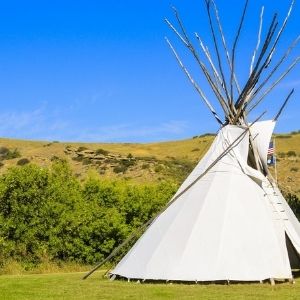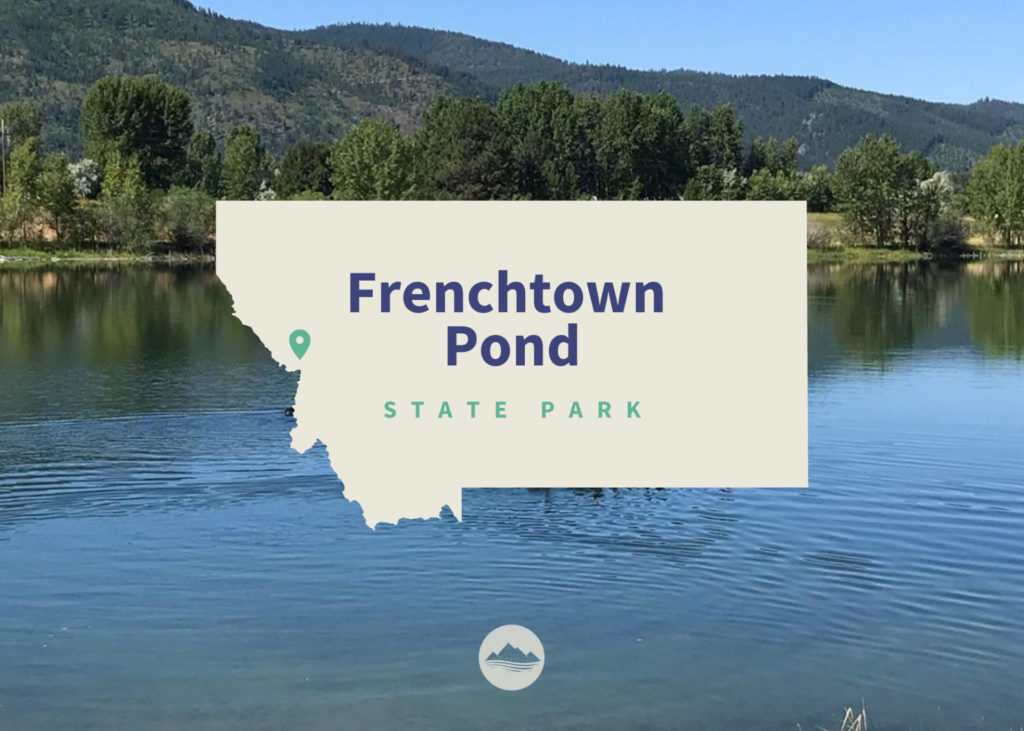Lone Pine State Park
Lone Pine State Park

Located just outside of the city of Kalispell to the southwest, Lone Pine State Park is home to 7.5 miles of trails for hiking, biking, snowshoeing, and horseback riding.
The park also features breathtaking scenic overlooks, where you can see Flathead Lake, Big Mountain Resort, Jewel Basin, and Glacier National Park on clear days.
Lonepine is the second oldest State Park in Montana, dating back to February of 1941.
We are able to bring you valuable information about this amazing state park thanks to the support of:
Looking to camp?
The recently remodeled visitor center has a gift shop and provides visitors with highlights of the wildlife and forest ecology of the park.
A great spot for meetings or social gatherings (can host up to 100 people), the visitor center has a spacious meeting room with audio/visual capabilities and wrap around decks!
7.5 miles of trails can accommodate for short or long hikes where you’ll find great views of wildflowers in the spring and summer and local wildlife throughout the year.
Activities
Snowshoe rentals are available for $5 per person or $10 per family during the winter months.
With adult workshops, children's activities and interpretive programs throughout the year, Lone Pine State Park is an ideal stop for field trips, out of state visitors or Montana residents interested in learning more about northwestern Montana.
Lone Pine State Park provides incredible views of the Flathead Valley, as well as year-round and wide-ranging outdoor recreation activities.
Originally owned as part of a large sheep ranch by Ernest and Hazel White, in 1941 the White’s donated the land that now makes up Lone Pine State Park, for public use and education.
The Whites stipulated that the land be developed for public use and to teach an appreciation for the benefits of conservation. Lone Pine hosts extensive educational and recreation opportunities throughout the year? From interactive talks about birds of prey, backcountry horse, and mule packing, to a bat box building workshop, Lone Pine has an event to interest everyone.

Curious what other visitors have had to say about the park?

Park
Open all year
Sunrise to sunsetVisitor Center
Opens June 6, 2020
Wednesday through Saturday 10am – 5pm.
Sunday 12:30pm to 5pm.
Closed Monday & Tuesday.
Closed November 26, 27, December 24, 25, 31, January 1Archery Trail
Open for the 2020 season.
Location
300 Lone Pine Rd. Kalispell, MT 59901
Lone Pine State Park Read More »













































































































